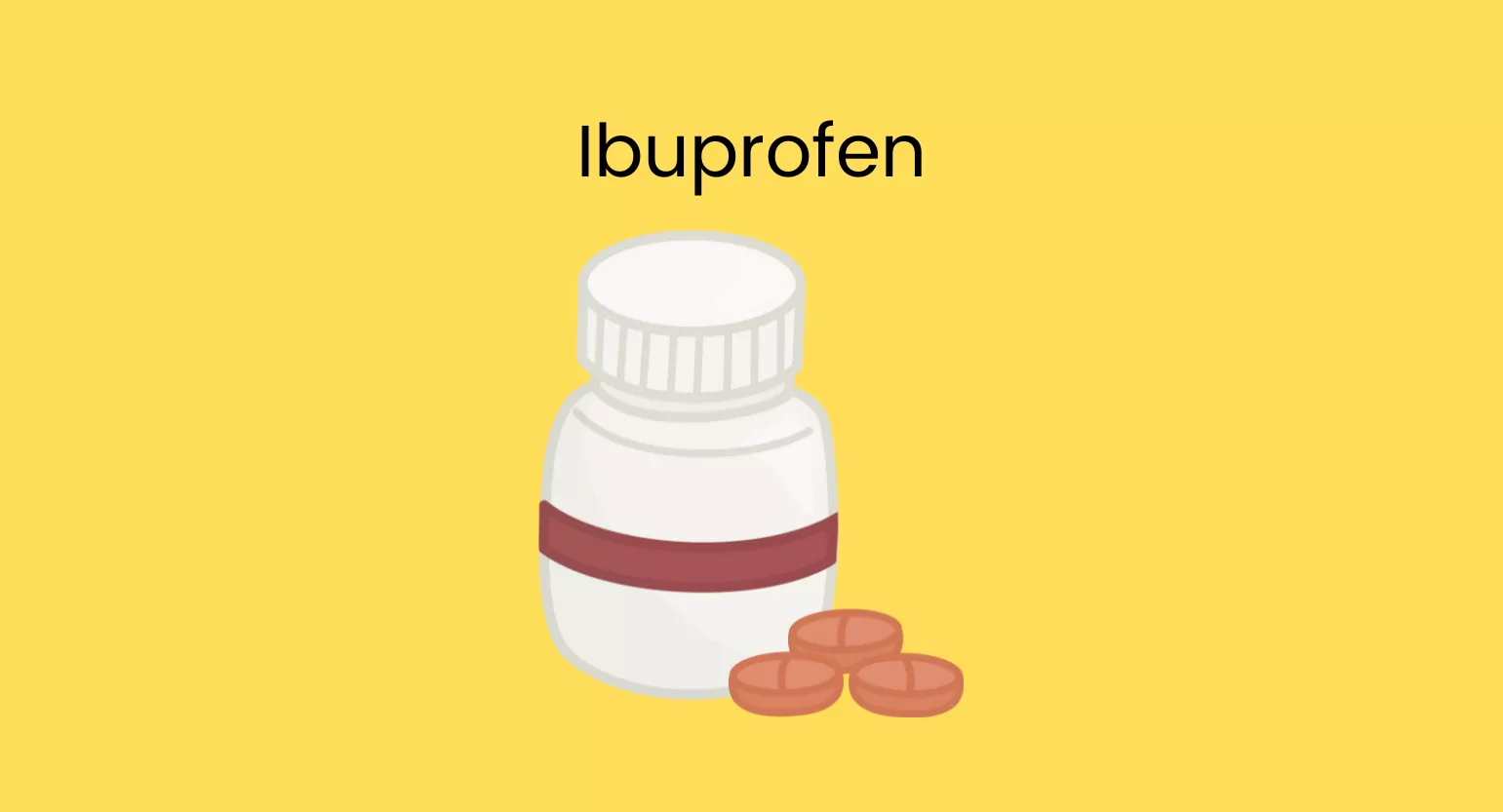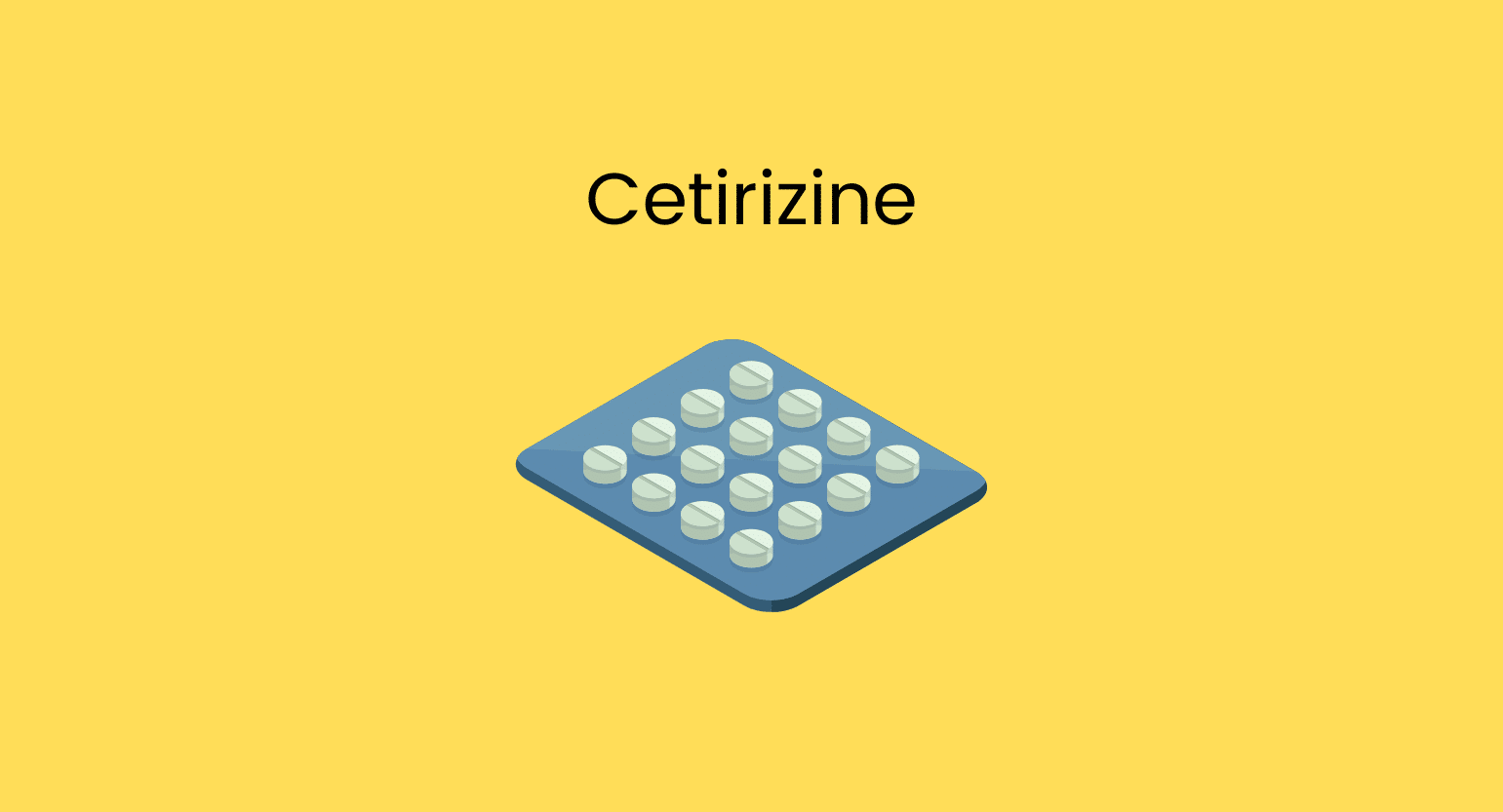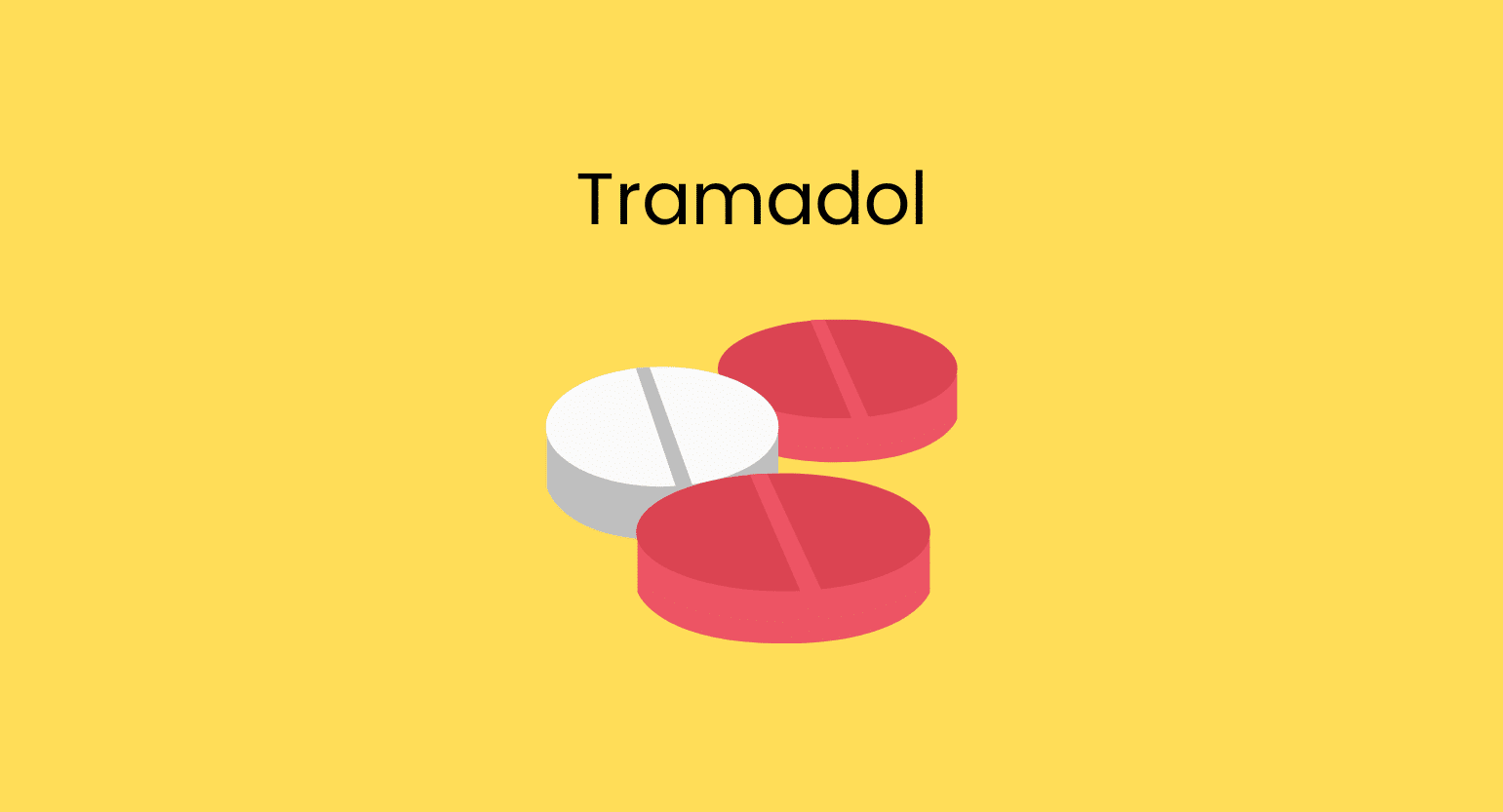Does Kratom Interact With Citalopram (Celexa)?
Yes — there is a moderate risk of using kratom and citalopram together. Kratom has an inhibitory effect on citalopram’s metabolization, which can cause a build-up of the drug in the system. This could potentially lead to serotonin syndrome, a life-threatening disease caused by too much serotonin [1]. Always talk to your doctor before combining medications, even if they’re natural ones.
Citalopram (Celexa) is metabolized in the liver by CYP2C19 and CYP3A4 enzymes, with a minor role from CYP2D6 [2]. Meanwhile, kratom is an inhibitor of both CYP2D6 and CYP3A4 [3]. This means that, when taken together, these drugs act as metabolic competitors.
However, it appears that citalopram shows minimal drug interaction potential due to its regular pharmacokinetics [4]. But this shouldn’t be interpreted as a green light to combine it with other medications without the approval of your prescribing physician.
Citalopram Specifications

| Drug Name | Citalopram |
| Trade Name | Celexa, Cipramil |
| Other Names | N/A |
| Classification | SSRI |
| CYP Metabolism | CYP2C19 and CYP3A4, with a minor role from CYP2D6 |
| Interaction With Kratom | Metabolic inhibitor |
| Risk of Interaction | Moderate |
Is it Safe to Take Kratom With Citalopram (Celexa)?
No, there is a moderate risk you need to account for. It’s best to talk to your doctor first.
Citalopram is generally well-tolerated, but it does have the potential for adverse effects, and kratom’s inhibitory metabolic effect further increases this potential.
Also, this reaction is made worse because citalopram has a relatively long half-life compared to other SSRIs (around 36 hours) [7].
You can minimize the risk if you consume only low doses of kratom and make sure to take a break every couple of days. However, since citalopram is usually used daily in 7 to 14-day treatment regimes, the safest way to go is to avoid kratom use during this period.
What is Citalopram (Celexa)?
Citalopram is a prescription antidepressant of the selective serotonin reuptake inhibitor (SSRI) class.
Like all other SSRIs, citalopram functions by inhibiting the reabsorption (reuptake) of the neurotransmitter serotonin, leading to higher serotonin levels within the brain.
Slight differences between SSRIs, like the degree of selectivity for other monoamine transporters, always exist: this is why certain SSRIs work better for different conditions.
According to the FDA, the chemical structure of citalopram is actually unrelated to other SSRI and tetracyclic antidepressants.
What Is Citalopram Used for?
Citalopram treats major depressive disorder (MDD) [5]. Some European countries have approved it for panic disorder.
Citalopram also has several off-label uses, including:
- Alcohol use disorder
- Coronary arteriosclerosis
- Obsessive-compulsive disorder
- Panic disorder
- Postmenopausal flushing
- Premenstrual dysphoric disorder
A study done on children and adolescents has also shown that citalopram can effectively reduce aggressive, impulsive behavior [6].
What’s the Dose of Citalopram?
Citalopram dosage is often a straightforward affair. This antidepressant is available as 10 mg, 20 mg, and 40 mg oral tablets and 10 mg/5 mL oral solution.
Typically, it is taken once daily in a 20 mg pill. This, of course, can vary, but the dose is rarely more than 40 mg daily [7].
The antidepressant effects of citalopram are noticeable from 1 to 4 weeks after the beginning of treatment. However, the full response may be visible after 8 to 12 weeks.
As with all prescription drugs, citalopram should only be used after a licensed doctor has evaluated you and given you a prescription. Only take citalopram as instructed by your physician and ignore internet-sourced dosage information.
Generic & Brand Name Versions
Citalopram is under the following brand names:
- Celexa
- Cipram
- Cipramil

What Are the Side Effects of Citalopram
As with other SSRI medications, citalopram is not exempt from provoking side effects; however, these occur in about 10% of the cases. The more common side effects of citalopram are [7]:
- Constipation
- Diaphoresis
- Diarrhea
- Dizziness
- Drowsiness
- Ejaculation disorder
- Headache
- Insomnia
- Nausea
- Vomiting
- Xerostomia
Less common but severe side effects include:
- Hyponatremia
- Induction of mania
- Myocardial infarction
- Prolonged QT intervals
- Serotonin syndrome
- Suicidal ideation
- Torsades de pointes
- Withdrawal symptoms
It’s possible that dosage levels directly affect the incidence of some of these side effects.
Contraindications of citalopram use are:
- Concomitant use of monoamine oxidase inhibitors (MAOIs)
- Hypersensitivity to citalopram
- Not recommended during pregnancy

What is Kratom?
Kratom is an evergreen tree native to several regions in Southeast Asia, scientifically known as Mitragyna speciosa. When this plant’s leaves are harvested and processed, they become what we know as kratom.
Kratom contains many pharmacological properties due mainly to two active alkaloids: mitragynine and 7-hydroxymitragynine. The herb can be consumed as powder, capsules, or brewed into tea.
What is Kratom Used for?
Even though scientific research on kratom is minimal, some studies back up many of its traditional uses.
Here are some common uses for kratom:
- Better sleep
- Boost energy and focus
- Enhance mood
- Opiate withdrawal
- Pain relief
- Relieve anxiety and depression
Kratom’s uses seem to extend even beyond this and might help with weight loss or improve your sex life.

What’s the Dose of Kratom?
If you want to get the best out of your kratom, proper dosage is vital — kratom’s effects are mainly dependent on the amount used.
Since kratom has such a vast spectrum of effects, it’s a good idea to start slow if you’re starting out. Take 1-2 g of kratom and see how that affects you first.
Once you know what you’re dealing with, use the following guide:
- Low dose (1 – 5 g): Provides stimulant and nootropic qualities.
- Medium dose (5 – 10 g): Provides more pronounced analgesic and anxiolytic effects.
- High dose (10 – 15 g): Induces heavy analgesic and sedative-like effects.
What Are the Side Effects of Kratom?
Kratom is safe but has few side effects, though these usually appear when taking higher doses.
The most common side effects of kratom include:
Severe adverse effects:
- Itchiness
- Loss of muscle coordination
- Low blood pressure
- Low libido
- Physical dependence
- Poor appetite
- Seizures
- Tremors
Moreover, kratom deaths are incredibly rare; most have been associated with concomitant opiate use. In almost all instances, far more dangerous drugs like cocaine and heroin are present in the system.
What Are the Different Types of Kratom?
Kratom is available in four main strains: white, red, green, and yellow.
You should become familiar with these strains because they all excel at promoting different areas of the kratom effect spectrum.
White Vein Kratom
White vein kratom best produces nootropic and stimulating effects like increased mental energy, better focus, euphoria, and increased creativity.
Red Vein Kratom
Red-veined kratom brings out the pharmacological benefits of kratom. It produces potent analgesic benefits and even wards off anxiety. These strains are great for creating euphoria and encouraging sleep.
Green Vein Kratom
Instead of providing specific benefits, green vein kratom offers a little bit of everything in equal measure. These strains don’t give the energy or pain relief of the white and red strains, but they’re good when you don’t need anything extreme.
Yellow Vein Kratom
Yellow vein kratom is similar to green but milder. It is said that yellow vein kratom could originate from the mixing of green, white and red vein kratom strains or from a special fermentation process.

Key Takeaways: Is it Safe to Mix Kratom & Citalopram (Celexa)?
Not really. Maybe you can use both compounds and not experience negative effects, but the risk is always there. This combination can cause serotonin syndrome, which can be deadly.
If you need to supplement your SSRI prescription with kratom, call your doctor and ask about using them together or find an alternative. Never adjust the dose or stop taking a medication, especially an SSRI, without your doctor’s approval.
- Volpi-Abadie, J., Kaye, A. M., & Kaye, A. D. (2013). Serotonin syndrome. Ochsner Journal, 13(4), 533-540.
- Mrazek, D. A., Biernacka, J. M., O’Kane, D. J., Black, J. L., Cunningham, J. M., Drews, M. S., … & Weinshilboum, R. M. (2011). CYP2C19 variation and citalopram response. Pharmacogenetics and genomics, 21(1), 1.
- Hanapi, N. A., Ismail, S., & Mansor, S. M. (2013). Inhibitory effect of mitragynine on human cytochrome P450 enzyme activities. Pharmacognosy research, 5(4), 241.
- Keller, M. B. (2000). Citalopram therapy for depression: a review of 10 years of European experience and data from US clinical trials. The Journal of clinical psychiatry, 61(12), 0-0.
- Parker, N. G., & Brown, C. S. (2000). Citalopram in the treatment of depression. Annals of Pharmacotherapy, 34(6), 761-771.
- Armenteros, J. L., & Lewis, J. E. (2002). Citalopram treatment for impulsive aggression in children and adolescents: an open pilot study. Journal of the American Academy of Child & Adolescent Psychiatry, 41(5), 522-529.
- Shoar, N. S., Fariba, K. A., & Padhy, R. K. (2021). Citalopram. In StatPearls [Internet]. StatPearls Publishing.









